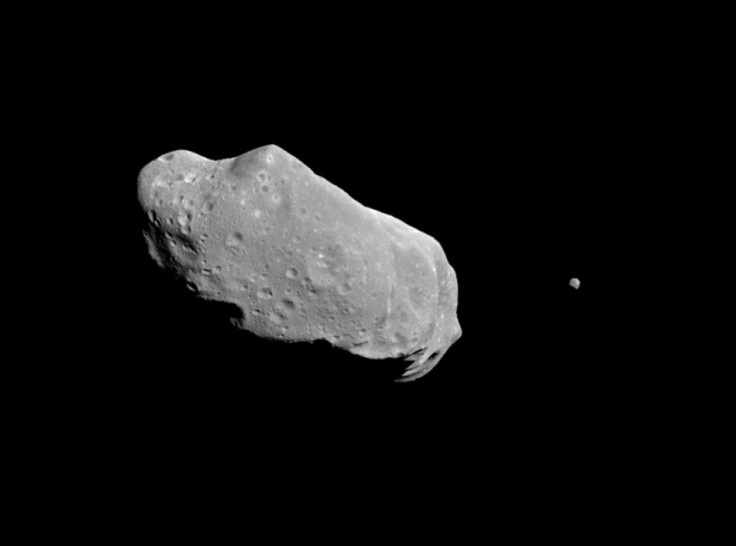Earth Faces Close Call from Asteroid 2012 DA14

A near-miss with a 150ft-long (50-metre-long) asteroid has been predicted next year by astronomers
Asteroid 2012 DA14 is due to narrowly miss earth on 15 Febuary, 2013 at the relatively close distance of 14,913 miles - closer to us than most commercial satellites.
The distance is roughly the same as travelling from London to Tokyo via Melbourne.
Scientists have predicted that if the asteroid did in fact hit earth and explode, the power would be enough to destroy an area the size of Greater London.
Dr Gerhard Drolshagen, a near-Earth object observer with the European Space Agency's Space Situational Awareness [SSA] office, told the Press Association: "The object is roughly 50 metres across and at that size it could do some damage if it exploded over an inhabited area. It would have the force of the biggest nuclear weapon."
In 1908, an asteroid roughly 120ft long crashed into the Siberian tundra, destroying 772 square miles of woodland.
Drolshagen added: "That is an area the size of Greater London. This asteroid is a little bigger."
He thought there would be "no chance" of an impact.
"It will be nice to watch through a pair of binoculars but there is nothing to worry about," he said. "In future times the possibility of a collision cannot be completely excluded. It is highly unlikely."
There are an estimated 500,000 near-Earth asteroids measuring up to 90ft yet be to undiscovered.
Dr Detlef Koschny of the SSA said: "We are developing a system of automated optical telescopes that can detect asteroids just like this one, with the goal of being able to spot them at least three weeks before their closest approach to Earth."
© Copyright IBTimes 2025. All rights reserved.





















